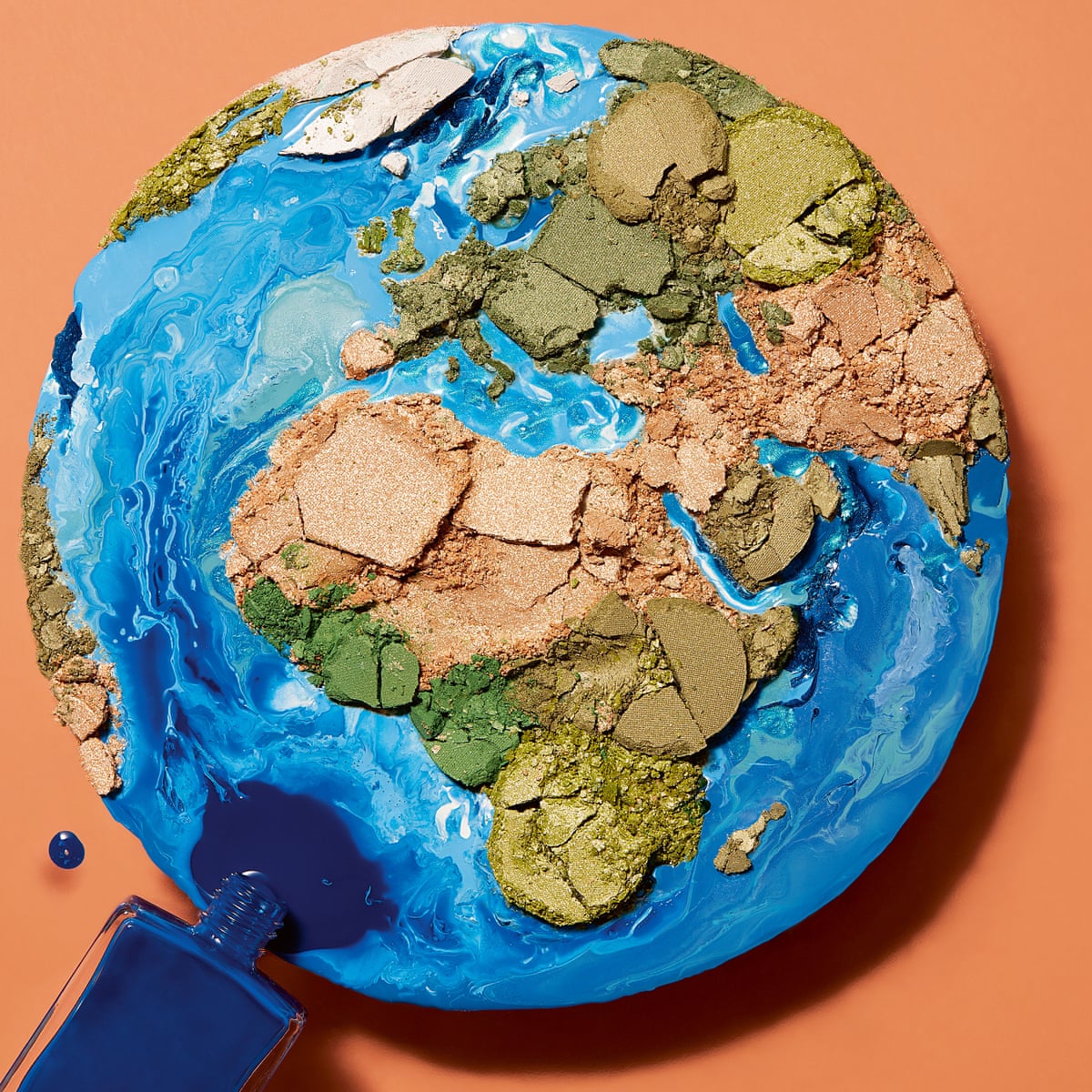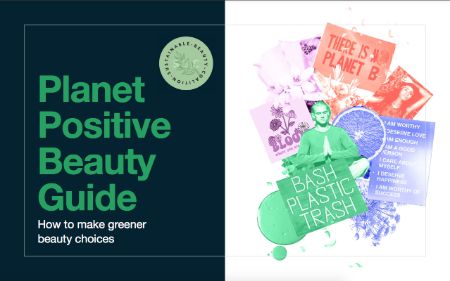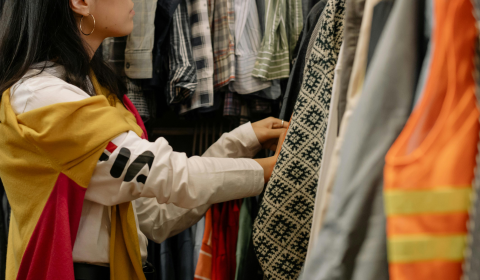Titled ‘greenhouse gloss,’ Carbon Trust’s inquiry into the sector’s commitment to tackling climate change has uncovered that some major brands’ sustainability efforts are falling short.
Although the beauty industry’s impact on the environment pales in comparison to fashion’s (which itself accounts for ten per cent of humanity’s total emissions), the sector’s practices are very much taking their toll.
From unsustainable resource consumption and the mass production of plastic to deforestation and the damage caused by excessive packaging waste and toxic chemicals, it goes without saying that in order to truly tackle climate change, something’s got to give.
However, regardless of beauty’s supposed commitment to confronting the crisis, a new report by consultancy Carbon Trust has revealed that some major brand’s emissions are in fact rising.
The inquiry, which is titled ‘greenhouse gloss: is the beauty industry’s commitment to tackling climate change more than skin deep,’ assessed the most recent sustainability efforts of the world’s top ten revenue-generating companies and found them all to be falling short.

As it stands, L’Oréal, Unilever, P&G, Estée Lauder, and Johnson & Johnson – to name a few – have no independently validated net zero targets.
Adding insult to injury, three others have failed to publicly commit to reaching net zero whatsoever and very few have clear aims for eliminating biodiversity loss from their supply chains.
The Carbon Trust’s report assessed brands against seven metrics, including the ‘coherency’ of their net zero plans and how they approach carbon offsetting and CO2 reduction.
The consultancy says that the objective of reaching net zero by 2050 must be adopted across the industry to achieve the Paris Agreement’s goal of limiting global warming to 1.5°C and argues that currently, this isn’t going far enough.






















